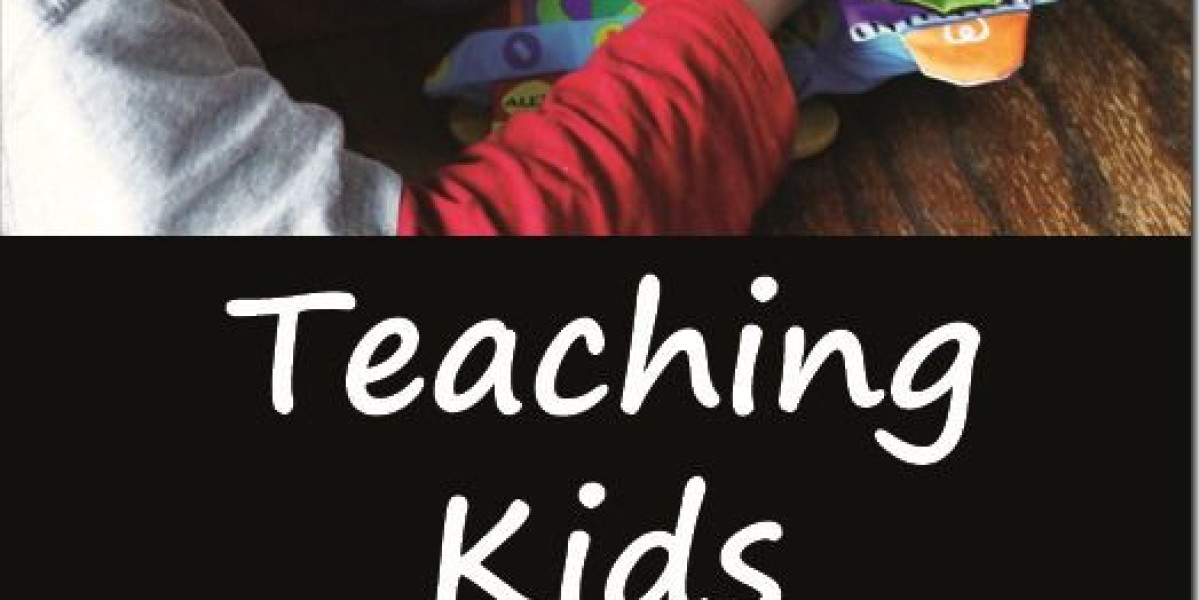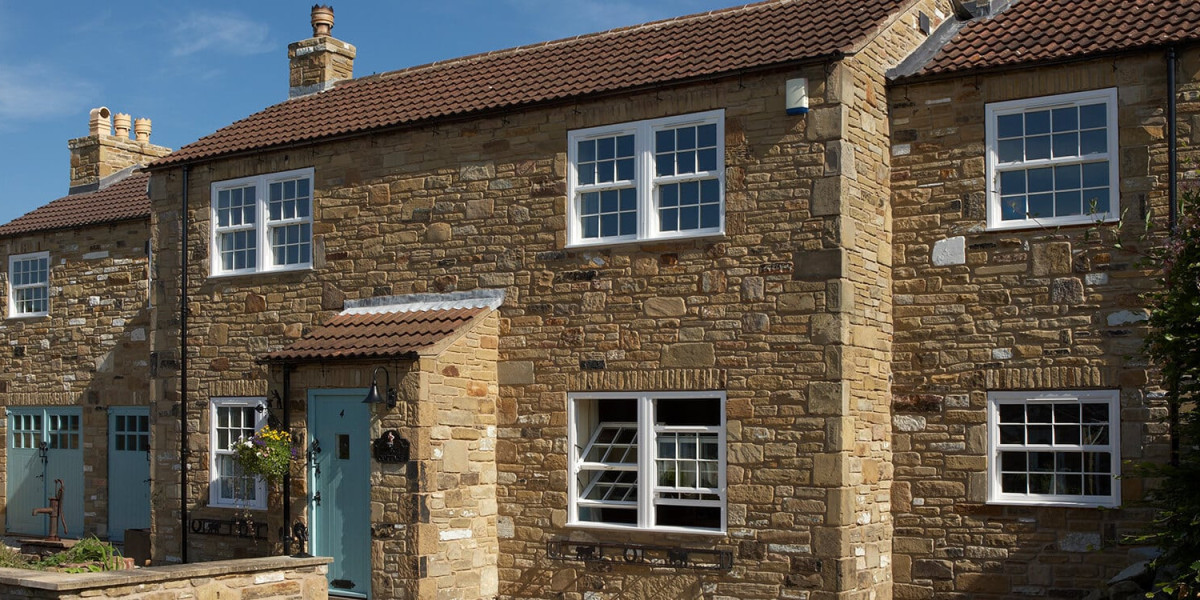The Day the Red Dragon Visited My Kitchen
I’m a big believer in optimizing and iterating it’s what I do all day in the tech world. But when it comes to parenting, sometimes the most high-tech solution is actually the simplest, most analog one.
I’m talking about mindfulness.
I remember a few months ago, my 4-year-old, Leo, had a catastrophic meltdown over the “wrong” color cup. His face went scarlet, his little fists clenched, and he was screaming so loud I swear the neighbors could hear it over their Zoom calls. In that moment, he wasn't my sweet little boy; he was a tiny, fierce red dragon of pure emotion.
It hit me: his emotional operating system was crashing, and he had absolutely no error-handling code. We talk constantly about social emotional development as a critical part of early childhood education, but how do we actually teach a preschool age child to regulate that raw energy?
This isn't just about making quiet time easier; it's about giving them the foundational tools for managing stress, building empathy, and thriving in the future. If you're looking for simple, authentic ways to start a mindfulness practice at home the kind that truly helps your kid connect their brain and body you're in the right place. Let’s dive in.
Why Mindfulness Isn't Just for Grown-Ups
You might think mindfulness is too abstract for a child who primarily understands the world through play and learn activities. But actually, kids are naturally quite present—they just lack the vocabulary and control to stay present when big feelings arrive.
Mindfulness, in the context of early learning, simply means bringing non-judgmental awareness to the current moment. When we teach this, we are fundamentally bolstering their social-emotional core. We are teaching them to pause between feeling a trigger (the wrong cup) and reacting (the red dragon scream). This tiny pause is the magic.
A strong preschool program might introduce this through movement or songs, but we can easily reinforce these concepts at home. It’s a crucial childhood milestones stepping stone toward self-regulation and better relationship skills.
3 Simple Ways to Introduce a "Mindful Pause"
You don't need a meditation cushion or an hour of silence. The beauty of teaching young children is integrating it seamlessly into daily routines.
1. The "Balloon Breath" (Active Calming)
This is one of my favorite activities for preschool. Instead of just saying "take a deep breath," which can feel sterile, we make it tangible. Tell your child to pretend their belly is a big balloon.
· Inhale: Slowly breathe in through the nose and feel the balloon fill up with air (their belly expands).
· Exhale: Slowly blow the air out through pursed lips, making a little sound like a tire deflating.
Do this 3 to 5 times together. It's instantly engaging and connects the physical action of breathing with the emotional response of calming down. We started doing this right before dinner when the day’s chaos tends to peak.
2. The Five Senses Check-In (Presence Builder)
This practice brings them into the present moment quickly, overriding an overwhelming thought cycle. You can do this in the car, on a walk, or right after they’ve had a minor upset.
Ask them to name:
1. 5 things they can see (The green light, a dog, the yellow play school bus).
2. 4 things they can feel (My sock, the soft chair, the cool air).
3. 3 things they can hear (A car horn, my voice, the fridge humming).
4. 2 things they can smell (The cookies baking, the rain outside).
5. 1 thing they can taste (The leftover sweetness from their snack).
This short game is a powerful grounding technique. It’s a wonderful, non-confrontational way to shift focus away from a tantrum trigger.
3. The Kindness Spotlight (Empathy Practice)
This is a bedtime favorite that naturally fosters their social development. Before tucking them in, ask them to recall three people they felt thankful for that day and one thing they did that was kind.
This simple reflection on "who helped me" and "how did I help others" naturally nurtures compassion and gratitude essential ingredients for strong social emotional development. It shifts the focus from their internal world of wants to the external world of relationships.
Making It Stick: Your Own Practice
Here's the secret sauce: Your child can only practice emotional regulation to the degree that you model it. When Leo’s red dragon comes out, my first instinct is to match his intensity. But the minute I take two Balloon Breaths myself, the atmosphere changes completely.
Don't wait until the next crisis to start. Build a "mindfulness muscle" when things are calm. Just 5 minutes of focused play and learn time dedicated to noticing, breathing, or gentle movement each day will pay dividends when the real stress hits.
Give yourself grace, too. You're teaching complex emotional intelligence to a tiny humanthat's a huge win!
Conclusion and Next Steps
Starting a mindful practice is less about adding another item to your already packed schedule and more about changing the quality of the interactions you already have. It's about giving our kids the toolkit they need to navigate a messy, overwhelming world. By teaching them how to pause, feel, and choose their response, we are setting them up for a lifetime of resilience, far beyond the preschool age.
Try the Balloon Breath tonight, or the 5 Senses Check-In tomorrow morning. Start small, be consistent, and watch the red dragon shrink into a manageable, adorable lizard.







